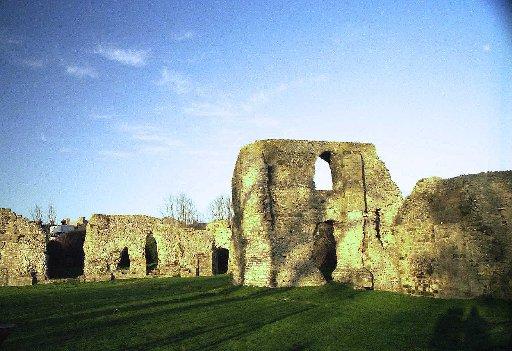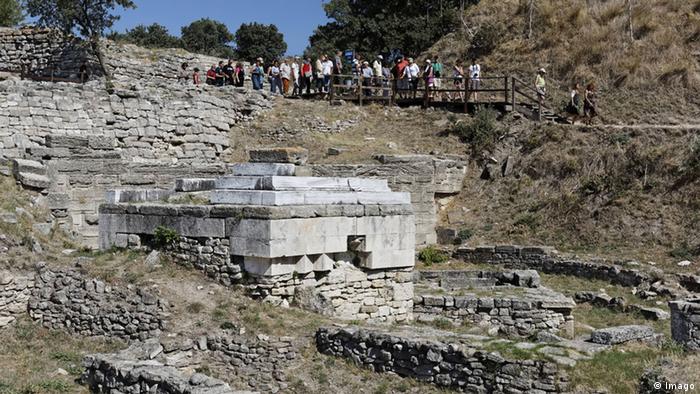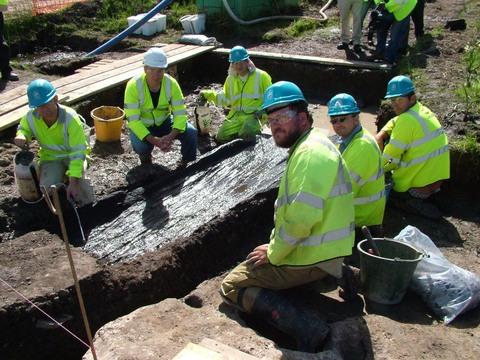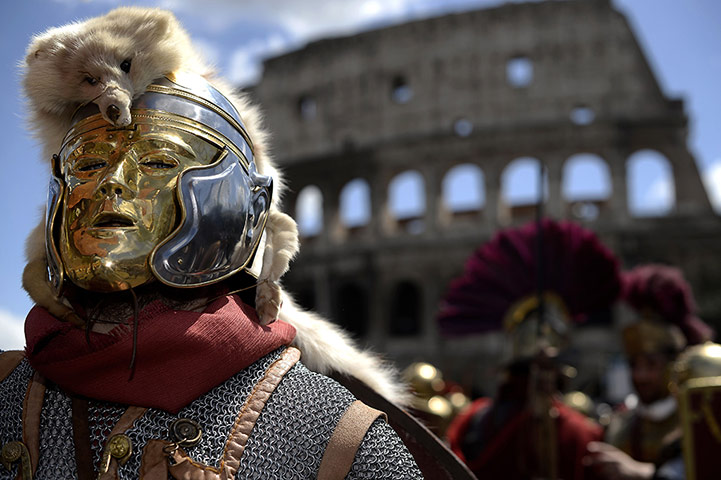 Monks from Lewes Priory may have treated the medieval warrior
Monks from Lewes Priory may have treated the medieval warriorRead the rest of this article...
 Monks from Lewes Priory may have treated the medieval warrior
Monks from Lewes Priory may have treated the medieval warrior |
| The Leicester car park where Richard III's remains were found [Credit: Independent] |
 In CA 271 we brought you news of astonishing Mesolithic finds at Vespasian’s Camp on Salisbury Plain, a potentially game-changing site for our understanding of the Stonehenge landscape.
In CA 271 we brought you news of astonishing Mesolithic finds at Vespasian’s Camp on Salisbury Plain, a potentially game-changing site for our understanding of the Stonehenge landscape.



 |
| The lion statue unearthed at the necropolis of Banditaccia in Cerveteri [Credit: Italy Mag] |

 Cave paintings, castles and pyramids, Neanderthals, Romans and Vikings - archaeology is about the excitement of discovery, finding out about our ancestors, exploring landscape through time, piecing together puzzles of the past from material remains.
Cave paintings, castles and pyramids, Neanderthals, Romans and Vikings - archaeology is about the excitement of discovery, finding out about our ancestors, exploring landscape through time, piecing together puzzles of the past from material remains.



 |
| Two of the skeletons unearthed from the grave of a medieval knoght discovered under a car park in Edinburgh [Credit: Scotsman] |

The genetic lineage of Europe mysteriously transformed about 4,500 years ago, new research suggests.
The findings, detailed today (April 23) in the journal Nature Communications, were drawn from several skeletons unearthed in central Europe that were up to 7,500 years old.
"What is intriguing is that the genetic markers of this first pan-European culture, which was clearly very successful, were then suddenly replaced around 4,500 years ago, and we don't know why," said study co-author Alan Cooper, of the University of Adelaide Australian Center for Ancient DNA, in a statement. "Something major happened, and the hunt is now on to find out what that was."





 |
| Archaeologists have documented over 100 sites dating from the Upper Palaeolithic to the present day in the Sabor valley [Credit: Portugal News] |
 |
| Excavations at Kingsmead Quarry [Credit: Wessex Archaeology] |



|
 The remains of King Richard III, showing a curved spine and signs of battle trauma. The remains of King Richard III, showing a curved spine and signs of battle trauma.CREDIT: University of Leicester |